Search
Remove Ads
Advertisement
Summary 
Loading AI-generated summary based on World History Encyclopedia articles ...
Search Results
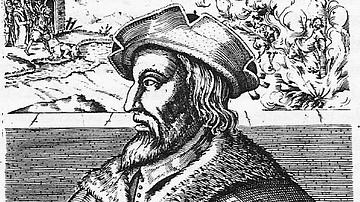
Article
Hubmaier's Concerning Heretics and Those Who Burn Them
Balthasar Hubmaier (l. 1480-1528) was a Catholic theologian who converted to the Protestant Anabaptist sect in 1525. His Concerning Heretics and Those Who Burn Them (1524) was a plea for religious tolerance written prior to his conversion...
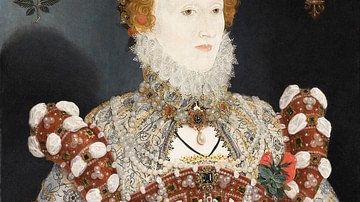
Image
Elizabeth I Pelican Portrait
The c. 1574 CE 'Pelican Portrait' by Nicholas Hilliard of Elizabeth I of England (r. 1558-1603 CE). The portrait takes its name from the brooch the queen is wearing over her dress studded with pearls and square-cut jewels. The pelican was...
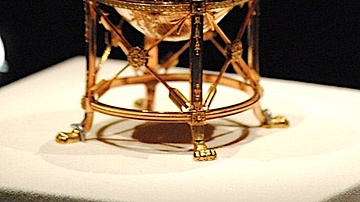
Image
Imperial Pelican Egg by Fabergé
The 1898 Imperial Pelican Egg by Peter Carl Fabergé (1846-1920). The egg was given by Tsar Nicholas II (r. 1894-1917) to his mother the Dowager Empress Marie Feodorovna. It commemorates the 100th anniversary of the charitable institutions...
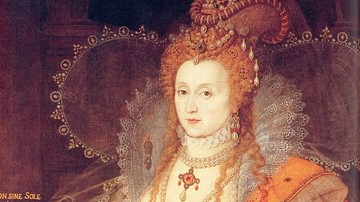
Article
Elizabeth I & the Power of Image
Aware of the power of appearances, Elizabeth I of England (r. 1558-1603 CE) carefully controlled her image throughout her reign and through costume, hair, jewellery, and art, she presented herself as the great Virgin Queen. Like a goddess...
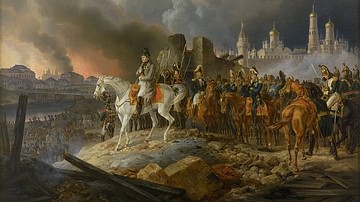
Image
Napoleon Watches Moscow Burn
Napoleon watches Moscow burn during his brief occupation of the city in 1812. By Albrecht Adam, 1841.
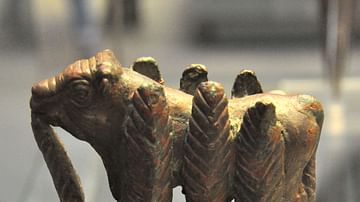
Definition
Nanshe
Nanshe (also known as Nanse, Nazi) is the Sumerian goddess of social justice and divination, whose popularity eventually transcended her original boundaries of southern Mesopotamia toward all points throughout the region in the 3rd millennium...
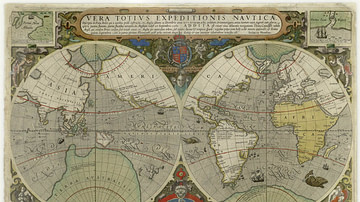
Article
Francis Drake's Circumnavigation of the Globe
The English mariner, privateer, and explorer Francis Drake (c. 1540-1596 CE) made his circumnavigation of the world between 1577 and 1580 CE. Only the second to achieve this feat after the expedition of the Portuguese explorer Ferdinand Magellan...

Definition
Ancient Greece
Greece is a country in southeastern Europe, known in Greek as Hellas or Ellada, and consisting of a mainland and an archipelago of islands. Ancient Greece is the birthplace of Western philosophy (Socrates, Plato, and Aristotle), literature...

Definition
Thebes (Greece)
Thebes is a town in central Greece which has been continuously inhabited for five millennia. It was an important Mycenaean centre in the middle to late Bronze Age and was a powerful city-state in the Classical period, participating in both...

Article
Love, Sex, & Marriage in Ancient Greece
Love, sex, and marriage in ancient Greece are portrayed in Greek literature as distinct, yet closely intertwined, elements of life. For many upper-class men, marriages did not take place for love, and other relationships, be it with men or...